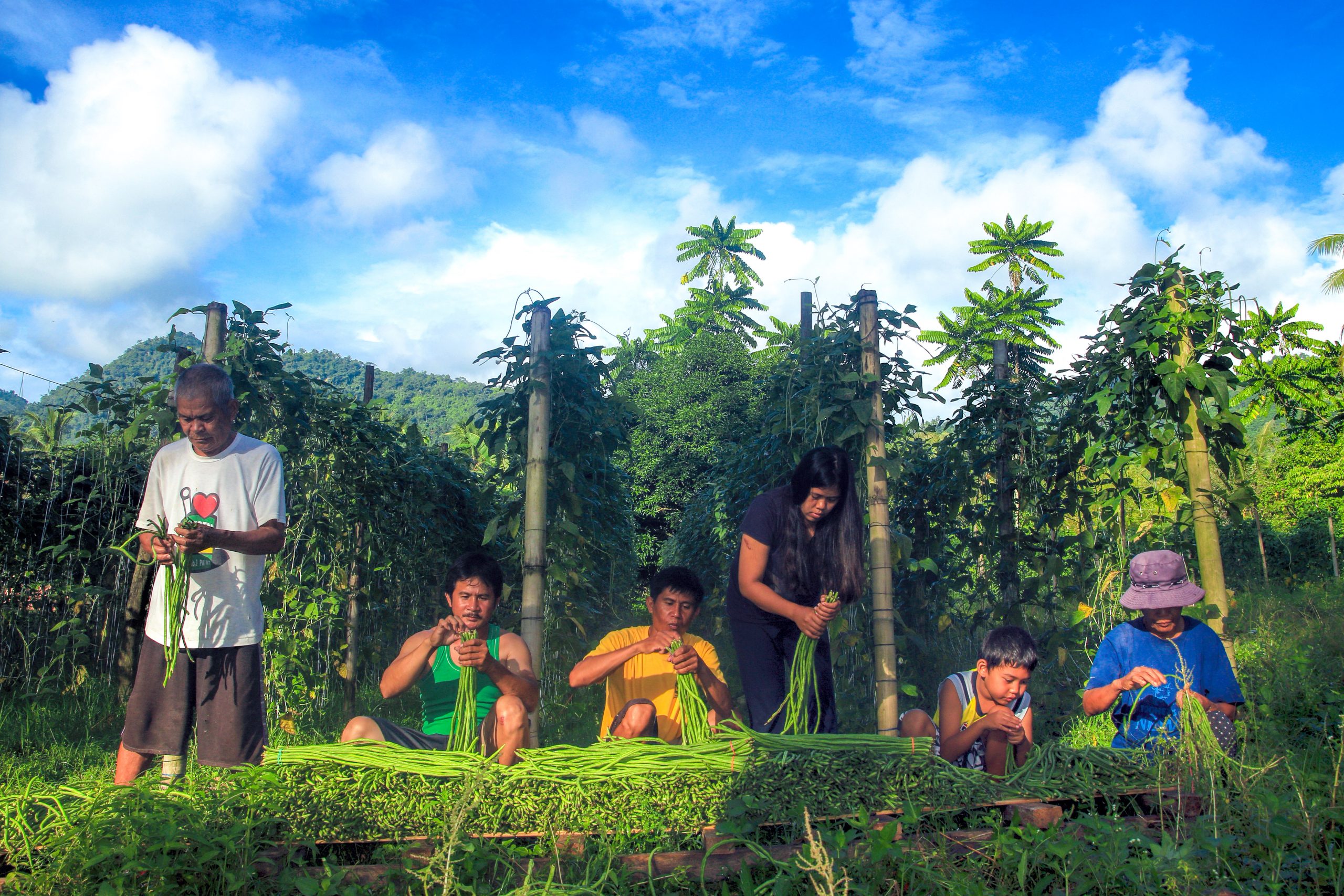
Amid the growing demand for food pack distribution, Agriculture Secretary William Dar once again appeals to local government units down the barangay level to source out produce from local farmers.
“On top of distributing canned goods and processed products, we urge our LGUs to prioritize buying fresh produce from our farmers. It’s a win-win situation for both consumers and producers,” Dar said in an interview.
Aside from providing sure market to farmers, Dar said farm products are nutritionally beneficial in strengthening the human immune system against COVID-19.
“This is the time to help our farmers sell their produce while we promote healthy consumption in Filipino households. The food supplies can actually come from the “kanayunan”, hence minimizing movement from one location to another,” Dar said.
LGUs nationwide have started distributing food packs to aid families with critical need for food supplies, especially those who are under quarantine and cannot go out of their houses.
“We are coordinating with the DILG to enhance our food delivery system and strengthen the implementation of the programs that we already put in place for the purpose,” Dar said.
The Department of Agriculture (DA), through its Kadiwa ni Ani at Kita Program, links LGUs in metro areas to farmer-producers in different parts of the country to ease the logistical arrangement of food supply delivery and distribution.
The Kadiwa offers two modes of distribution to LGUs in metro areas.
Under mode 1, the DA will directly link LGUs of metro areas to food producers and facilitate delivery. For mode 2, the DA will link LGUs and producers to deliver items to identified drop-off points. For both modes, LGUs will sort and pack the items for delivery to households.
“We are ready to assist our LGUs in metro areas to ensure our stable food supply throughout the country. As much as possible, let’s do it within our communities where supplies are already available,” Dar said.
The agri chief reiterates the importance of esuring the unhampered movement of food commodities, as well as agri-fishery products, inputs, activities and personnel in the food value chain.
“We can’t be complacent now. Cooperation, coordination, and understanding of each other’s plight can go a long way. Let’s help each other, consumers and producers alike,” Dar said. ###













